Rising Adoption of Smart Grids
The transition towards smart grids is significantly influencing the busbar systems market. As utilities and energy providers invest in smart grid technologies, the need for efficient and reliable power distribution systems becomes paramount. Smart grids facilitate real-time monitoring and management of electricity flow, which necessitates the integration of advanced busbar systems. The U.S. Department of Energy has reported that investments in smart grid technologies could exceed $100 billion by 2030. This shift not only enhances grid reliability but also supports the integration of renewable energy sources, further driving the demand for innovative busbar solutions. The busbar systems market is likely to thrive as utilities adapt to these evolving energy landscapes.
Increased Focus on Safety Standards
Safety considerations are becoming increasingly critical in the busbar systems market, as industries prioritize the protection of personnel and equipment. Regulatory bodies are implementing stringent safety standards that necessitate the use of advanced busbar systems designed to minimize risks associated with electrical distribution. The National Fire Protection Association (NFPA) has established guidelines that influence the design and installation of electrical systems, including busbars. Compliance with these standards is essential for manufacturers and end-users alike, as failure to adhere can result in significant liabilities. As a result, the busbar systems market is likely to see a rise in demand for products that meet or exceed these safety requirements, ensuring a safer operational environment.
Expansion of Infrastructure Projects
The busbar systems market is poised for growth due to the ongoing expansion of infrastructure projects in the United States. With significant investments in urban development, transportation, and energy generation, the demand for reliable and efficient power distribution systems is increasing. The U.S. government has allocated substantial funding for infrastructure improvements, which is expected to reach approximately $1 trillion over the next decade. This influx of capital is likely to drive the adoption of busbar systems, as they offer a compact and efficient solution for power distribution in large-scale projects. Consequently, the busbar systems market is well-positioned to benefit from this infrastructure boom, as stakeholders seek to implement modern electrical solutions.
Growing Demand for Energy Efficiency
The busbar systems market is experiencing a notable surge in demand driven by the increasing emphasis on energy efficiency across various sectors. Industries are actively seeking solutions that minimize energy losses and enhance operational efficiency. According to recent data, energy-efficient systems can reduce energy consumption by up to 30%, which is particularly appealing in a landscape where energy costs are rising. This trend is further supported by government initiatives aimed at promoting energy conservation, thereby creating a favorable environment for the busbar systems market. As organizations strive to meet sustainability goals, the adoption of advanced busbar systems is likely to accelerate, positioning them as a critical component in energy management strategies.
Technological Innovations in Materials
The busbar systems market is benefiting from technological innovations in materials that enhance performance and durability. Advances in conductive materials, such as aluminum and copper alloys, are leading to the development of lighter and more efficient busbar systems. These innovations not only improve electrical conductivity but also reduce installation costs and space requirements. The market is witnessing a shift towards the use of composite materials that offer superior thermal and electrical properties. As industries seek to optimize their electrical infrastructure, the adoption of these advanced materials is likely to increase, thereby propelling the growth of the busbar systems market. This trend indicates a promising future for manufacturers who invest in research and development to create cutting-edge solutions.


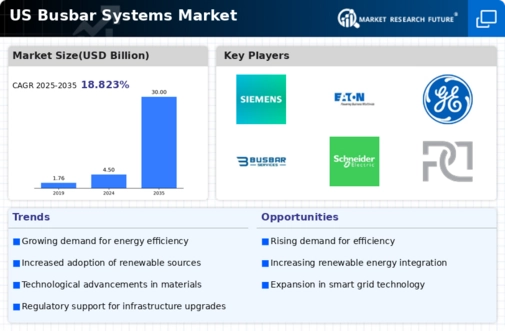
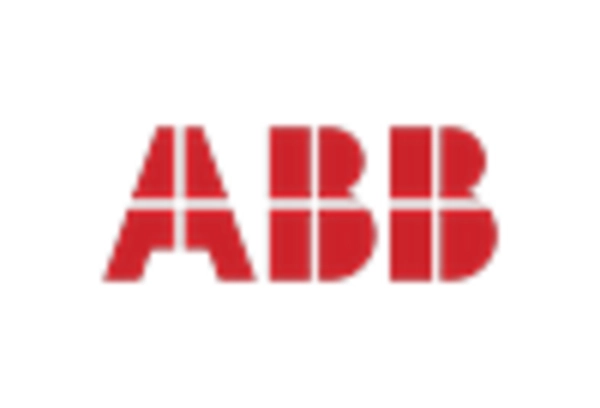
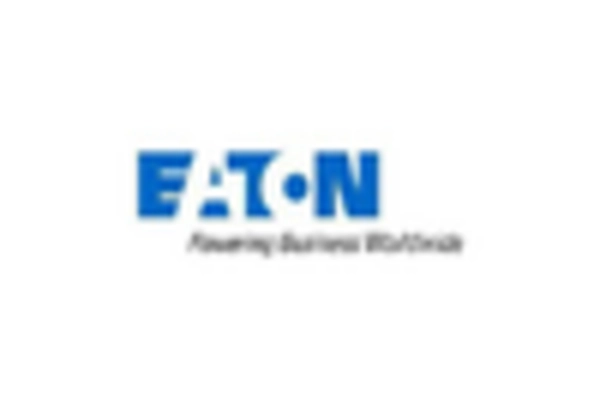
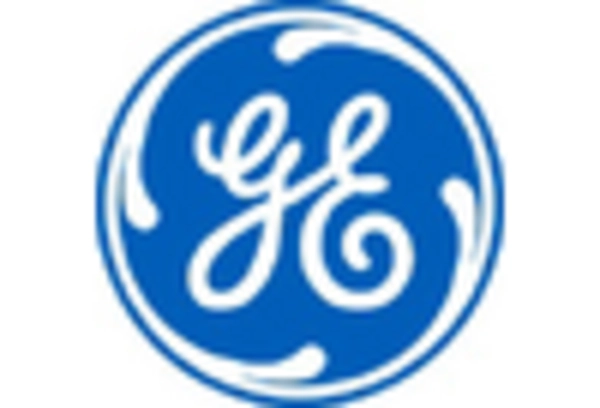
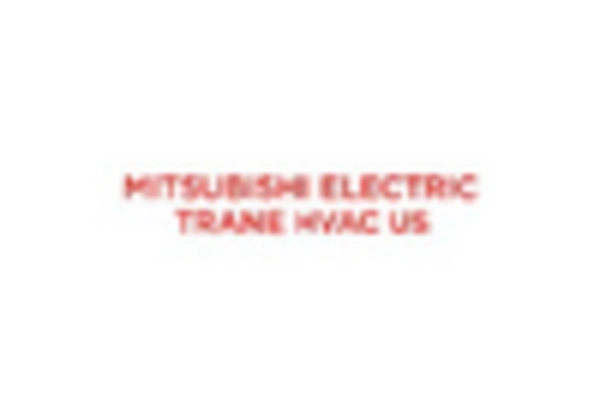
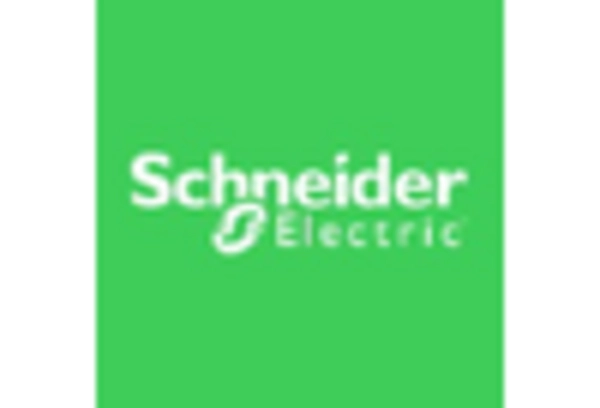
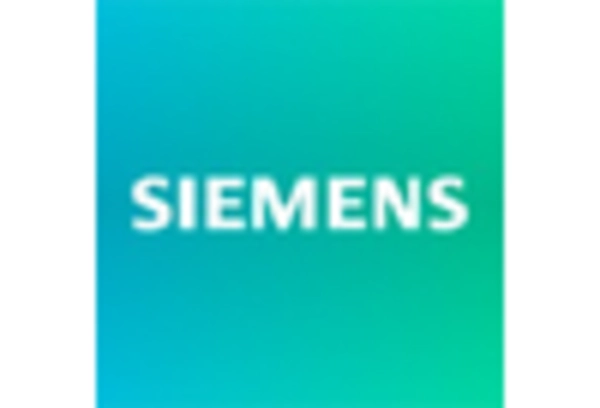








Leave a Comment